Shop > Apple trees > Bare root apple trees
Bare root apple trees
A small dessert apple originating from the 1700s. The flesh is very juicy and sweet and the flavour improves in storage.
Type: Dessert
Season: October-January
Pollination: Self-sterile. Pollination group D
An attractive cider apple that produces sweet astringent juice and medium bittersweet cider. Excellent when blended with other varieties.
Type: Cider
Season: October
A large cooking apple that stores well and mellows into a sharp but flavoursome dessert apple in winter.
Type: Dual-purpose
Season: October-March
Pollination: Partially self-fertile. Pollination group D
A traditional French cider apple variety producing medium bittersweet juice. Reliable and heavy cropper.
Type: Cider
Season: October-November
Pollination: Self-sterile. Pollination group D
An exceptionally large and attractive culinary apple that is quite sweet and keeps its shape when cooked. Vigorous grower and heavy cropper.
Type: Culinary
Season: Oct-Mar
Pollination: Partially self-fertile. Pollination group C
An old Yorkshire variety that produces attractive pink-white blossom and small, bright green cooking apples.
Type: Culinary
Season: November
Pollination: Group C
An old, russeted eating variety from Essex with a distinctive spicy flavour.
Type: Dessert
Season: Oct - May
Pollination: Self-sterile, pollination group D
Produces tasty, yellow fruits that can be enjoyed fresh or cooked. The fruit have a complex flavour with notes of spice, sweetness, and honey.
Type: Dual-purpose
Season: October - March
Pollination: Group C, Self-sterile triploid
An old Yorkshire cooking apple. Medium sized, flat-round and green, it cooks down to a pleasant flavour and soft, juicy texture.
Type: Culinary
Season: October - December
Pollination: Group C, Self-sterile triploid
An old, now rare, russet variety that was popular in Victorian times. Late keeping, sweet-sharp tasting with hints of pear drops. Deep pink blossom makes it an attractive garden plant.
Type: Dessert
Season: October-March
Pollination: Self-fertile, pollination group C
An early season, heavy cropping cooking apple. The fruit is sweet with white flesh..
Type: Culinary
Season: August
Pollination: Self-sterile, pollination group C
A late season dual-purpose variety with a strong, rich aromatic flavour. The blossom and fruit are both very attractive.
Type: Dessert/Culinary
Season: October-March
Pollination: Self-sterile, pollination group D
An early season bittersweet cider apple. Dry with mild acidity and fruity aromas.
Type: Cider
Season: Septembe-October
Pollination: Self-sterile. Pollination group D
One of the best early cookers, perfect for making baked apple and apple sauce. Produces beautiful pink blossom.
Type: Culinary
Season: September-November
Pollination: Partially self-fertile. Pollination group C
An attractive fruit with dark red colour and stripes. Crisp and sweet.
Type: Dessert
Season: September-December
Pollination: Partially self-fertile.
Scottish culinary variety that cooks to a sharp puree.
Type: Culinary
Season: October-January
Pollination: Self-sterile. Pollination group C
An old American variety producing sweet, juicy dessert apples with a hint of vanilla flavour.
Type: Dessert
Season: October-December
Pollination: Partially self-fertile. Pollination group C
Early season dessert apple. Produces heavy crops of small flushed fruit that are sweet, juicy and lightly aromatic with some Cox flavour.
Type: Dessert
Season: August-September
Pollination: Partially self-fertile. Pollination group C
Handsome tree that bears some of the best and earliest apples around. Medium sized fruit, orange-red streaked flush. Taste is good balance of sweetness with acidity. Easy to grow, low maintenance.
Type: Dessert/Culinary
Season: July - August
Pollination: Group B, not self-fertile
Easy to grow mid-season dessert apple that is disease resistant and stores well. The fruit are yellow-green and deliciously crisp, sharp and refreshing.
Type: Dessert
Season: September-November
Pollination: Self-sterile. Pollination group D
A large, reliable culinary apple with yellow-green skin and brown-red overtones. Cooks to a sharp, juicy puree.
Type: Culinary
Season: October - January
Pollination: Group C, Self-sterile triploid
Large, open cider apple tree. Good growth and regular cropping. Make a soft, pleasant cider, making a good contribution to a blend.
Type: Sharp cider apple
Season: October
Pollination: Group 2
Vigorous, heavy cropper, winter eating apple. Sweet, crisp juicy flesh. Good flavour and texture. Good for juicing.
Type: Dessert
Season: October - December
Pollination: Pollination Group 3, self sterile
Medium sized apple, good balance between sweetness and sharpness. Flavour and soft flesh are reminiscent of a firm pear. Easy to grow. Perfect for juicing and tarts. Excellent pollinator for ‘Cox’ and ‘Braeburn‘ varieties.
Type: Dessert
Season: October-January
Pollination: Partially self-fertile. Pollination group B
*indicates a tree that has been grown at another nursery and is for resale
Medium size, crisp apple. Good for juicing and good cropping. Easy to grow cox-style apple. Primarily an eater, but also cooks well, holding its shape.
Type: Dessert
Season: October-March
Pollination: Partially self-fertile. Pollination group D
Late-ripening dessert apple that can handle cold winters. Firm and crisp texture with a flavour reminiscent of apricots.
Type: Dessert
Season: October-December
Pollination: Self-sterile. Pollination group unknown
An old-fashioned late dessert apple that was popular in Victorian England. The taste is on the dry sharp side, with a blend of subtly sweet, nutty flavours.
Type: Dessert
Season: October-March
Pollination: Self-sterile. Pollination group C
An excellent dual-purpose variety that is also good in cider. Pale yellow skin with a red flush. Strong flavour with a hint of pineapple. Stores well.
Type: Dessert/Culinary/Cider
Season: October-April
Pollination: Self-fertile. Pollination group C
An old green russeted apple with a distinctive aromatic flavour. Also great for cooking, juicing and cider making. Stores well.
Type: Dessert/Culinary/Cider
Season: October-February
Pollination: Self-sterile. Triploid (can’t pollinate others). Pollination group D
Delivery, Collection and FAQs
-
We deliver bare root trees (dispatched Nov-Apr) but not potted trees. Potted trees are collection only from Leeds (or we can deliver locally by arrangement).
-
See our Delivery & Collection Info page for up-to-date delivery rates.
-
Yes, you can collect your order from Kirkstall, Leeds. We send the full details when you place your order.
-
This varies, but broadly speaking trees classified as Small are 3-4ft and 1 year old. Trees classified as Large are 4-6ft. are 2-3 years old and have some established branches.


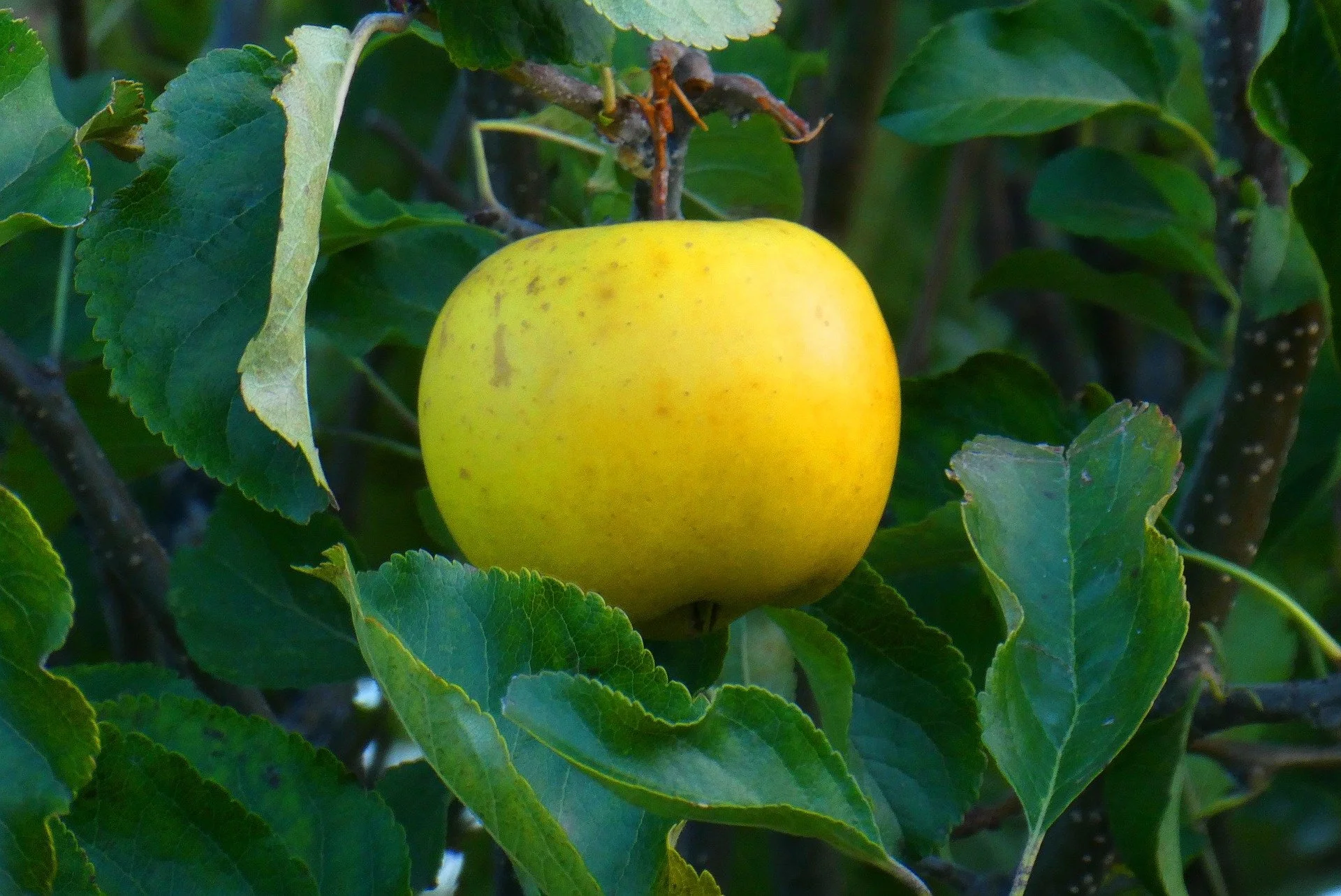
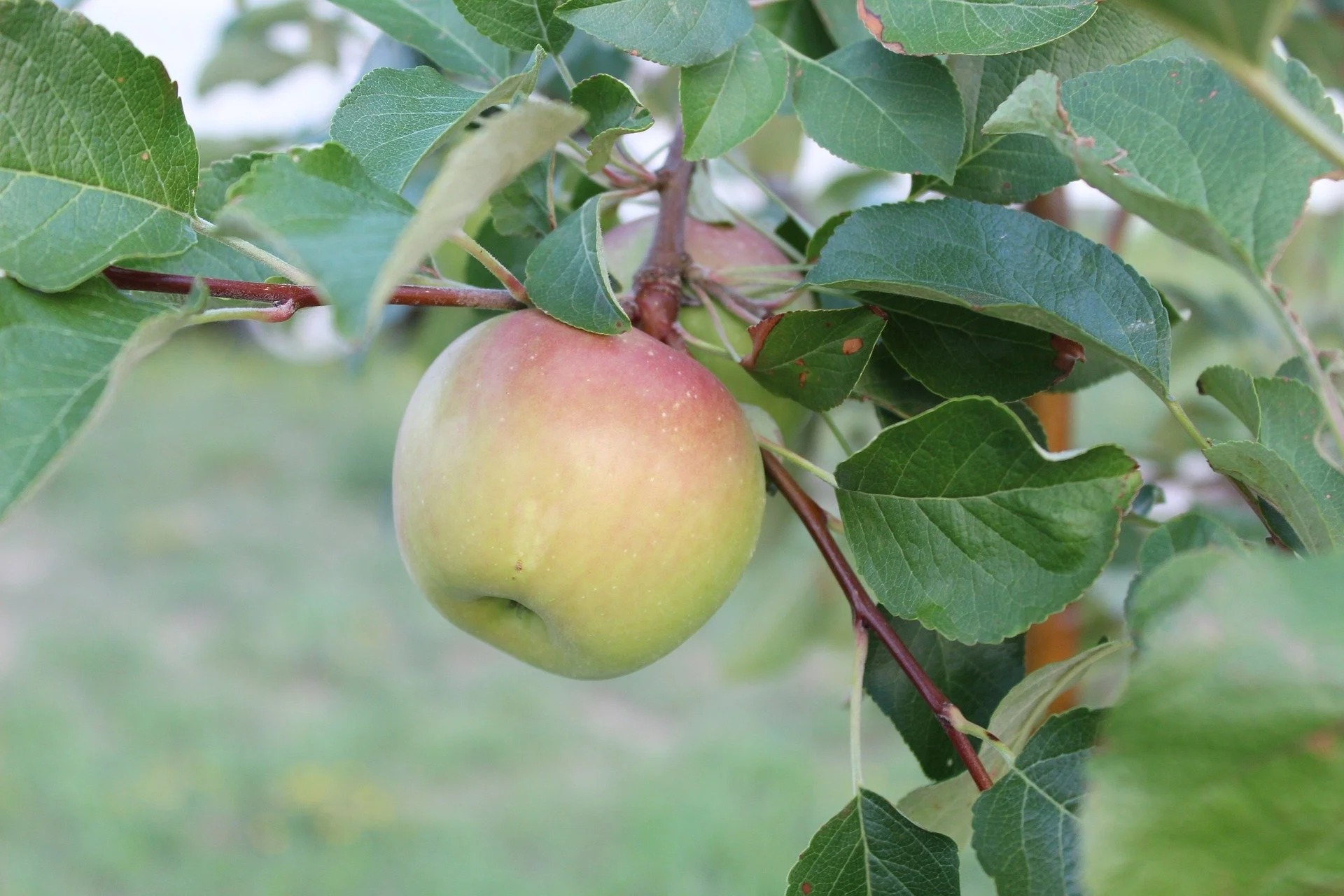
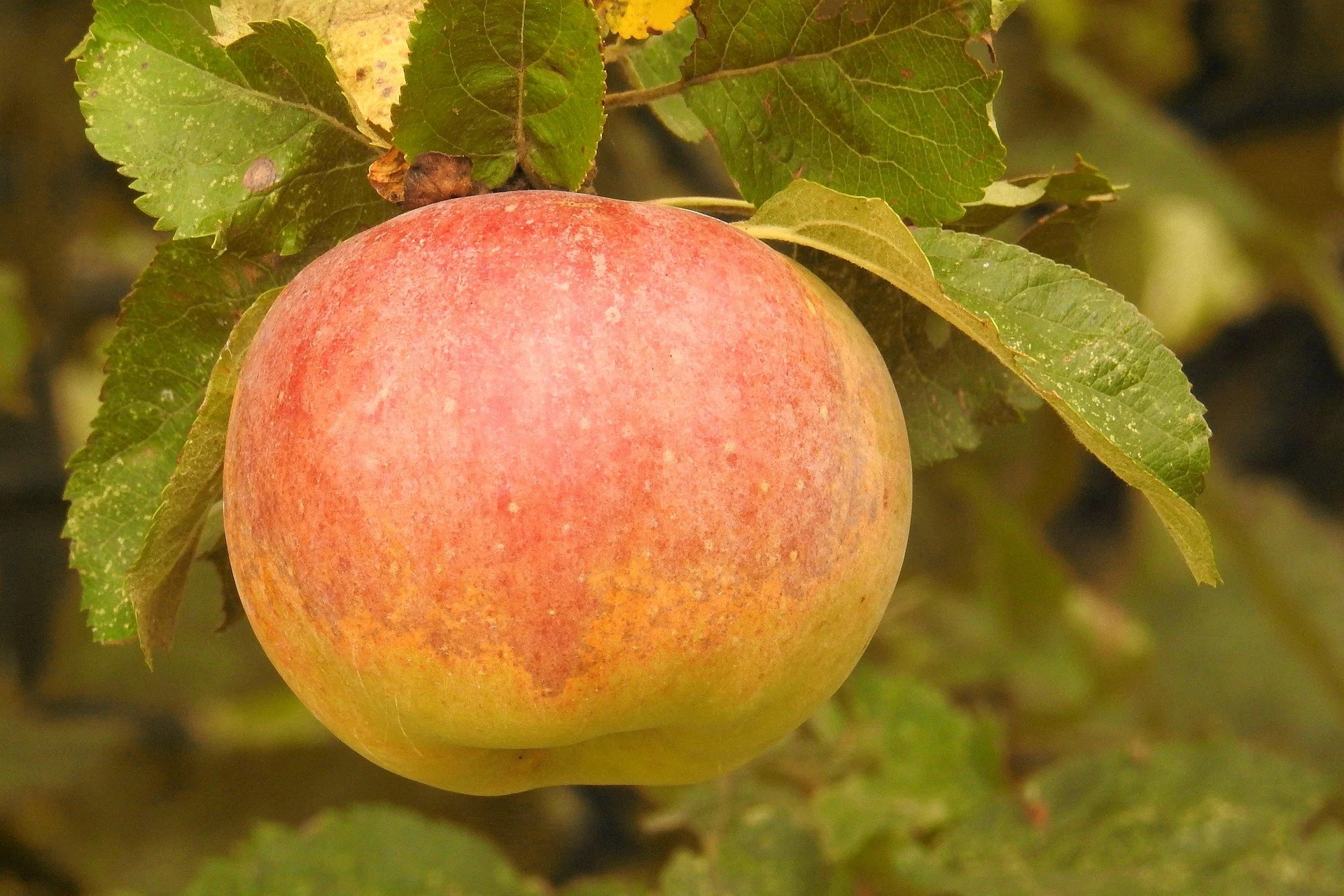
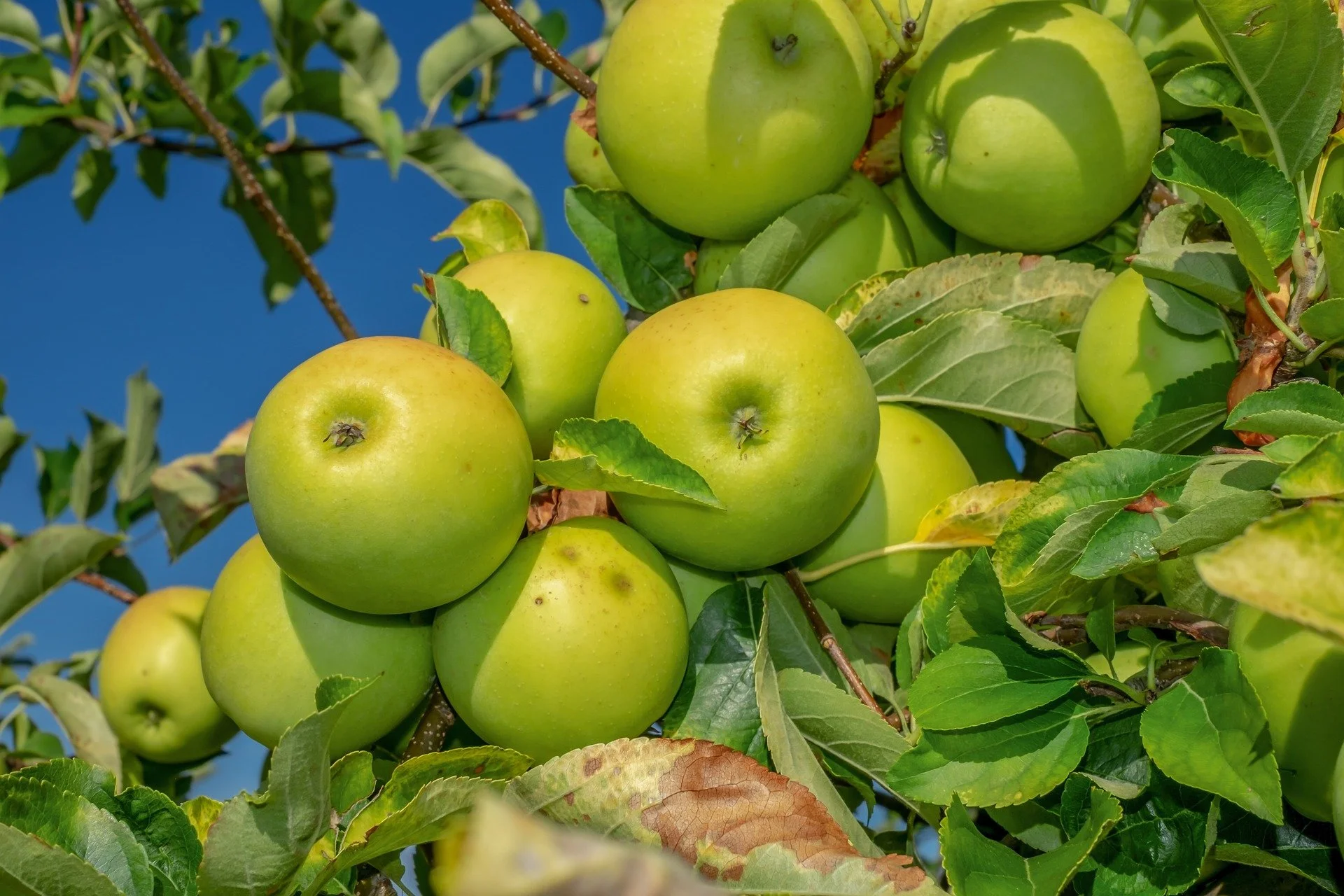
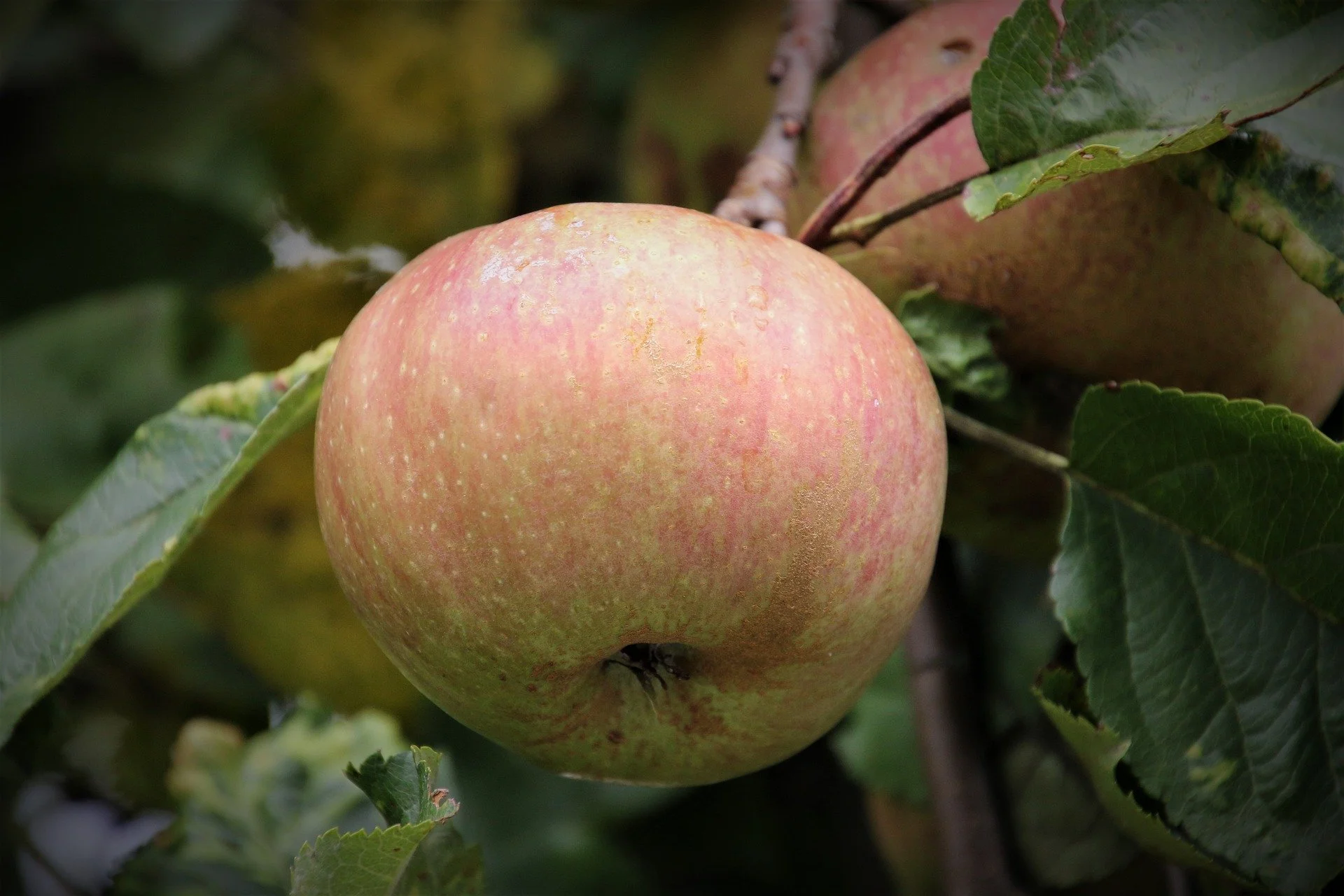
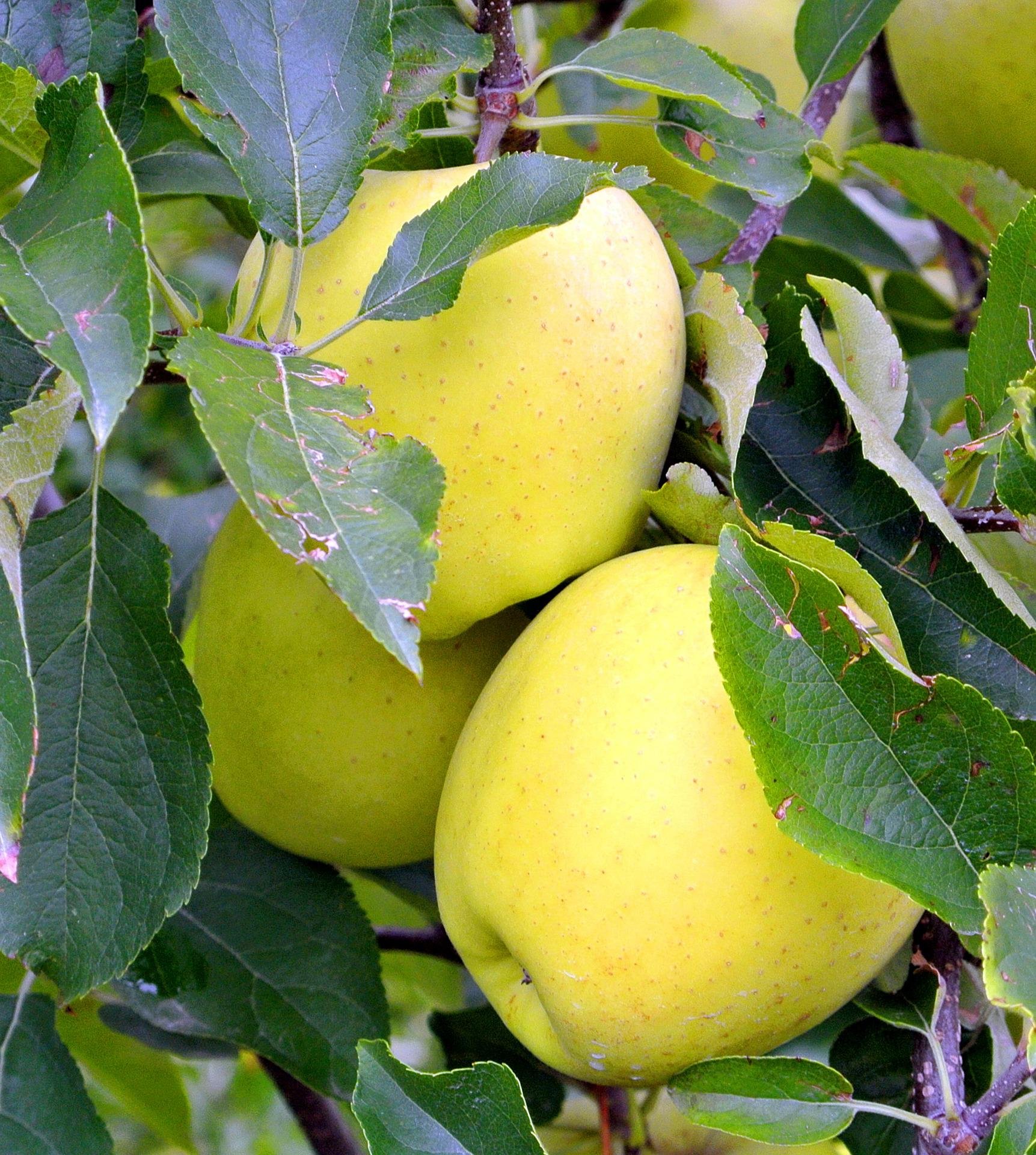


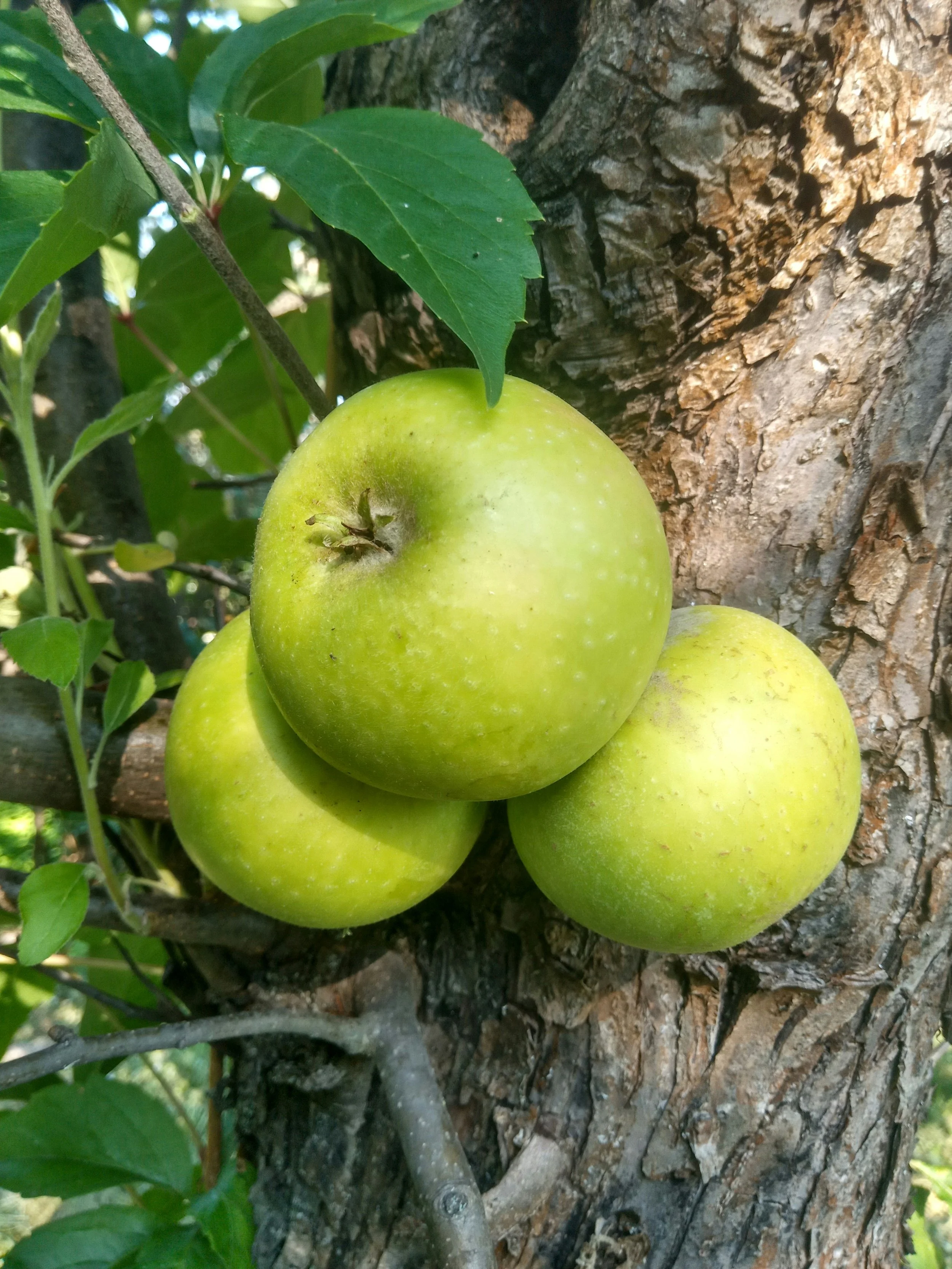


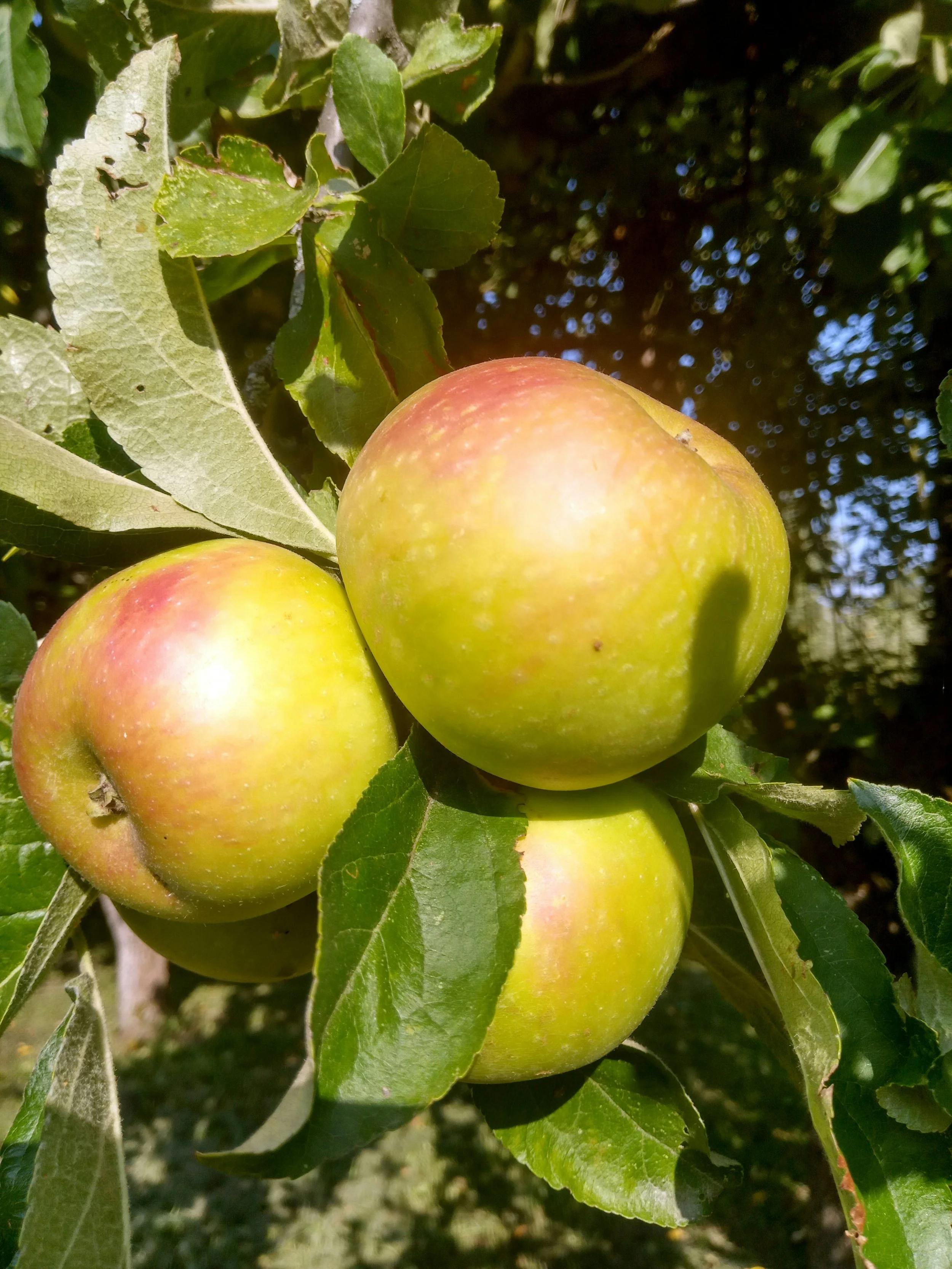
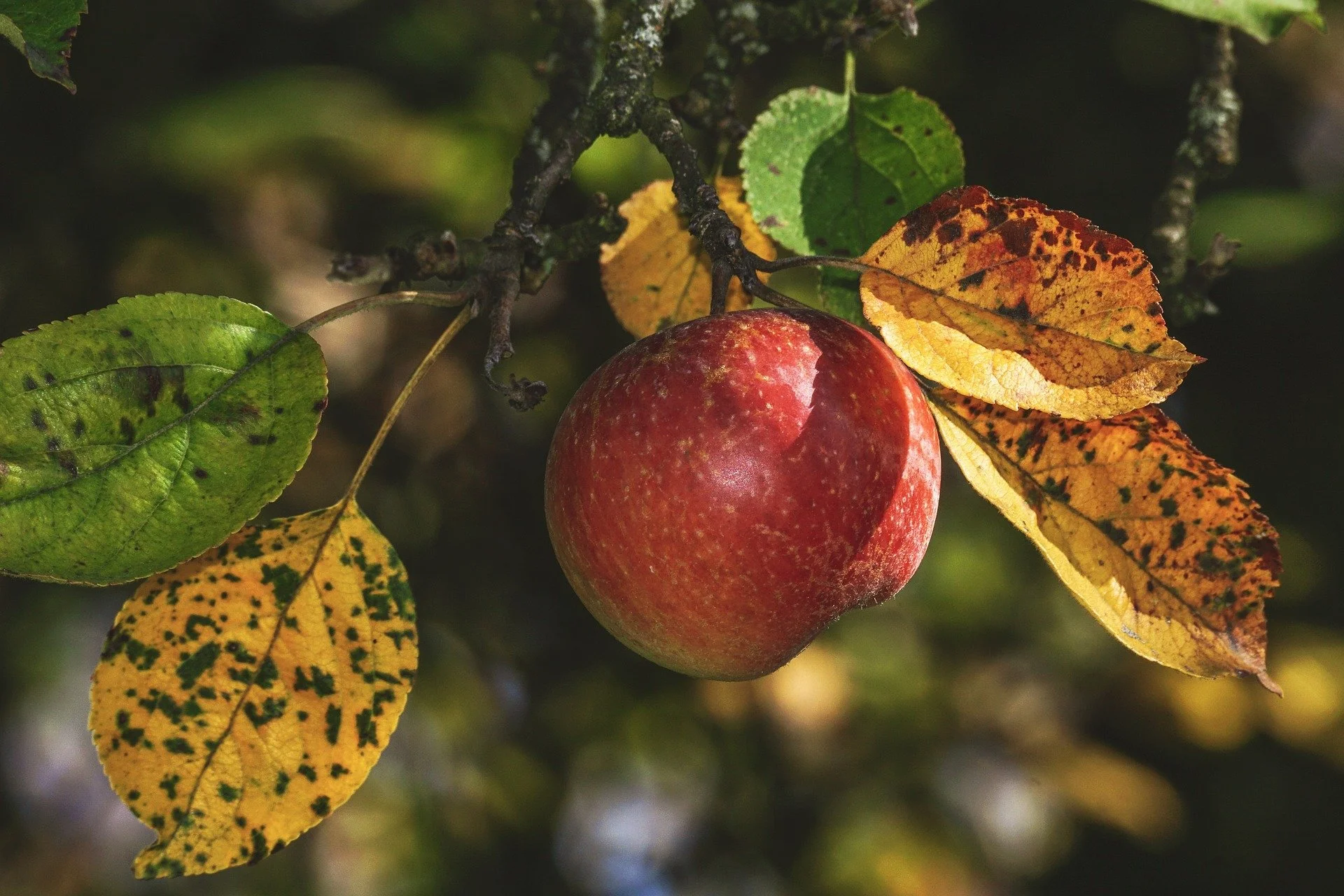

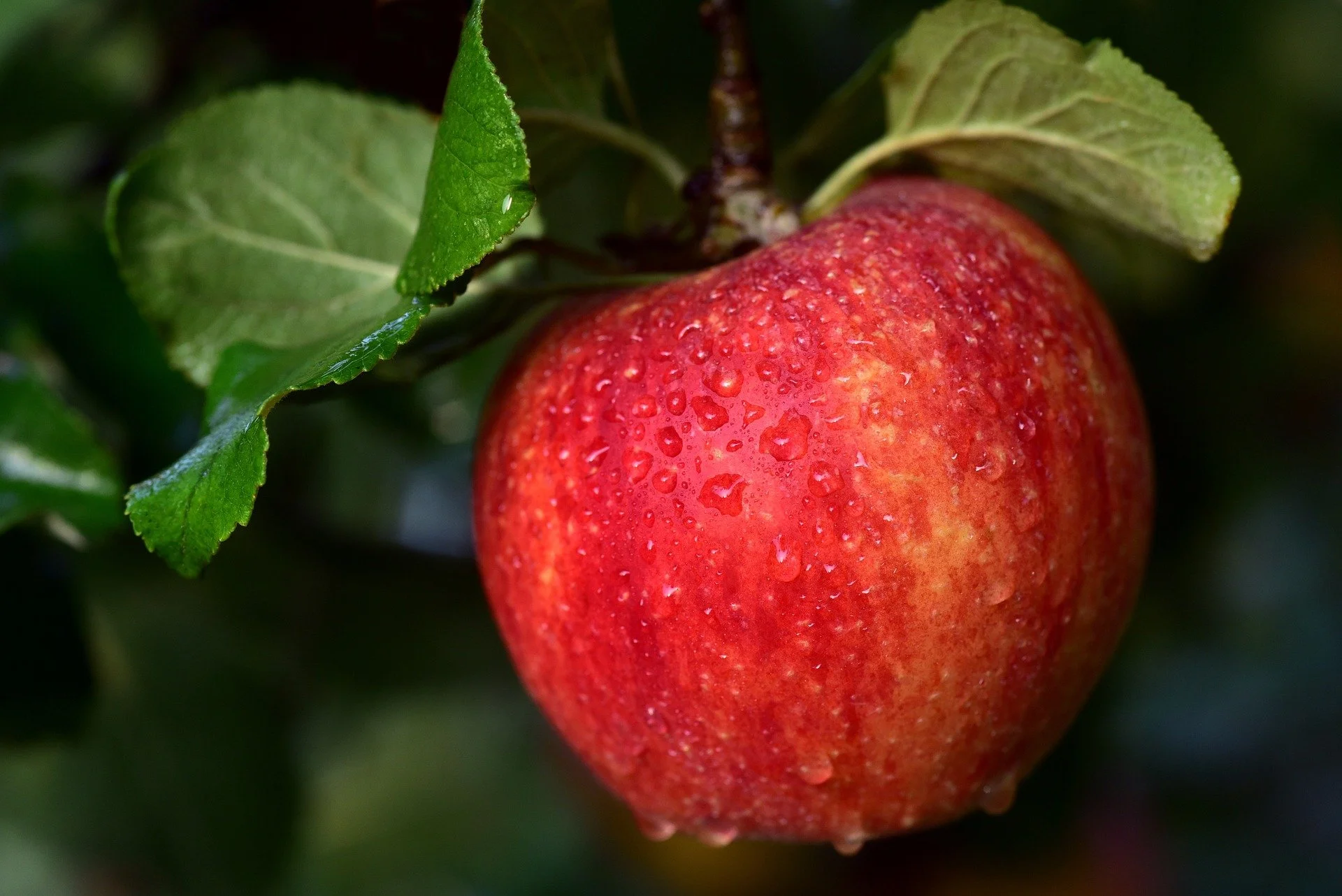






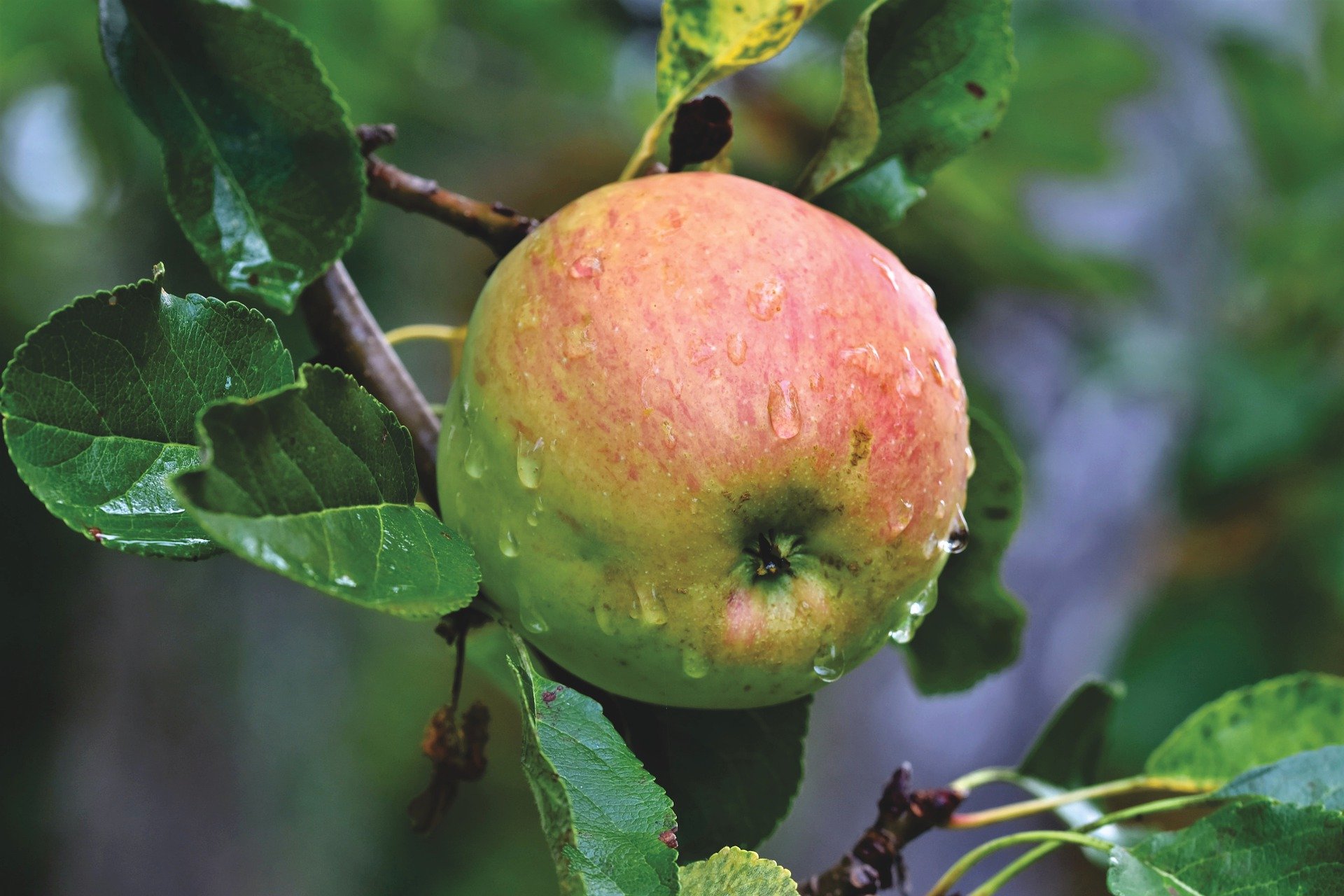
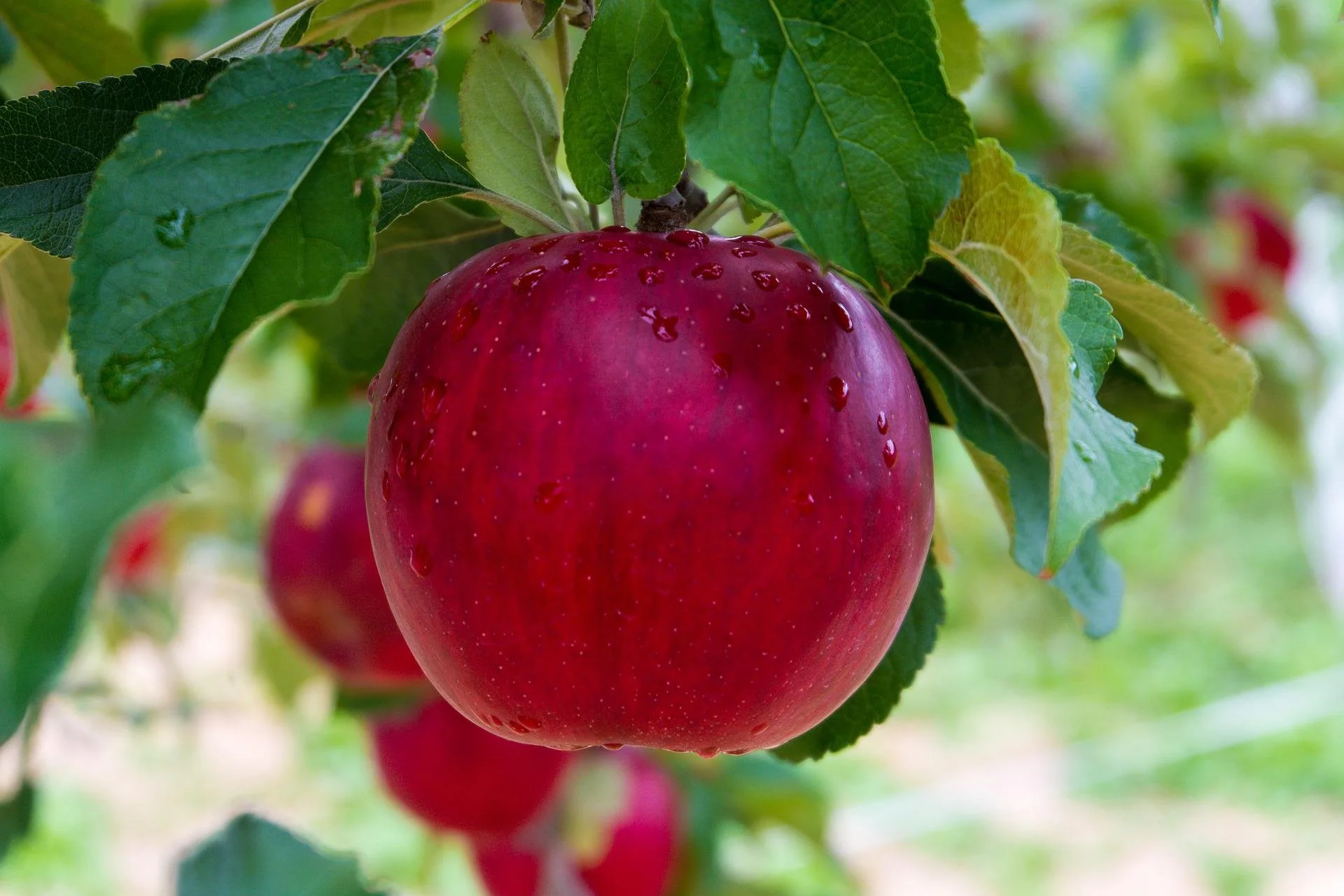



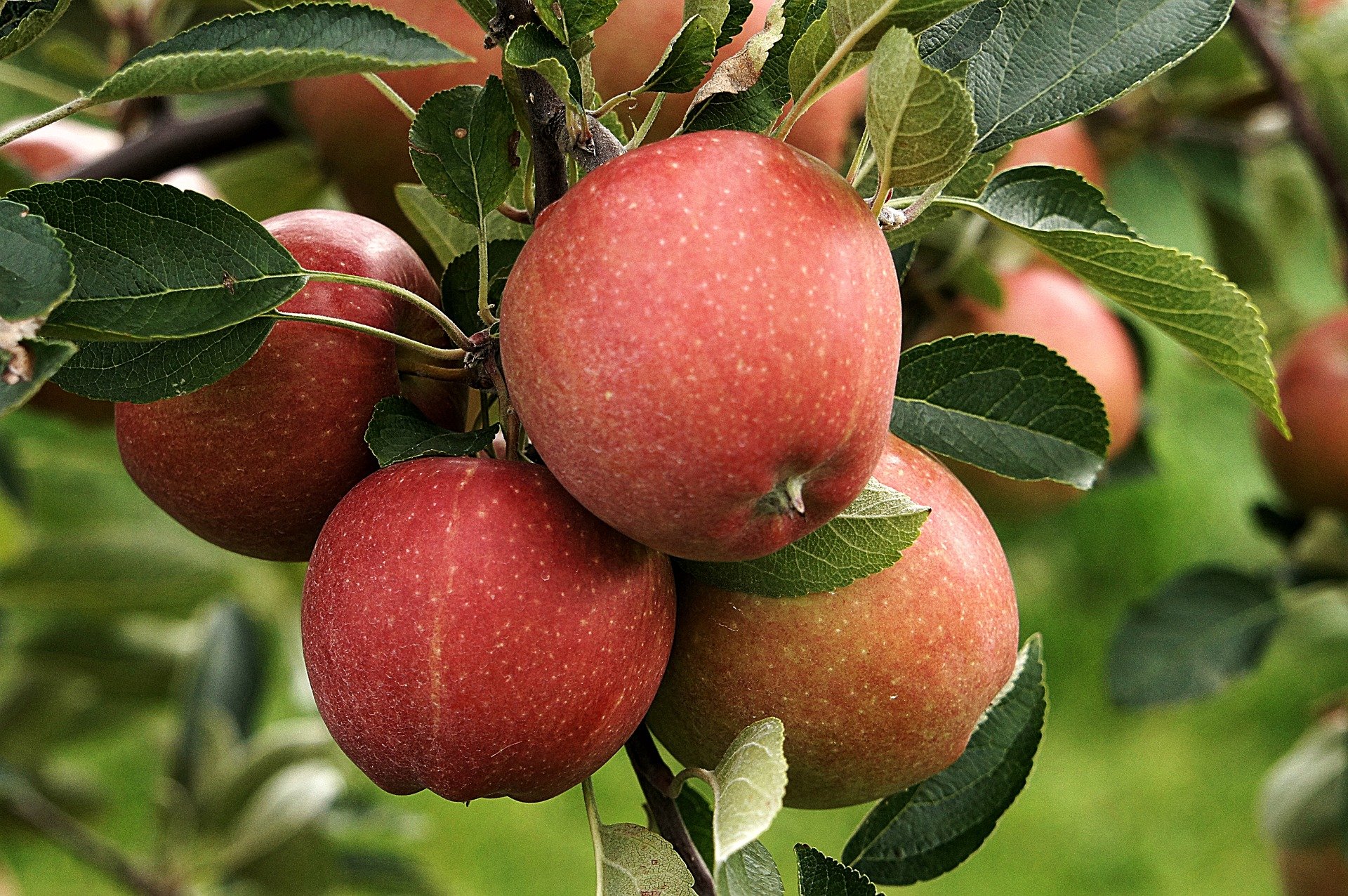






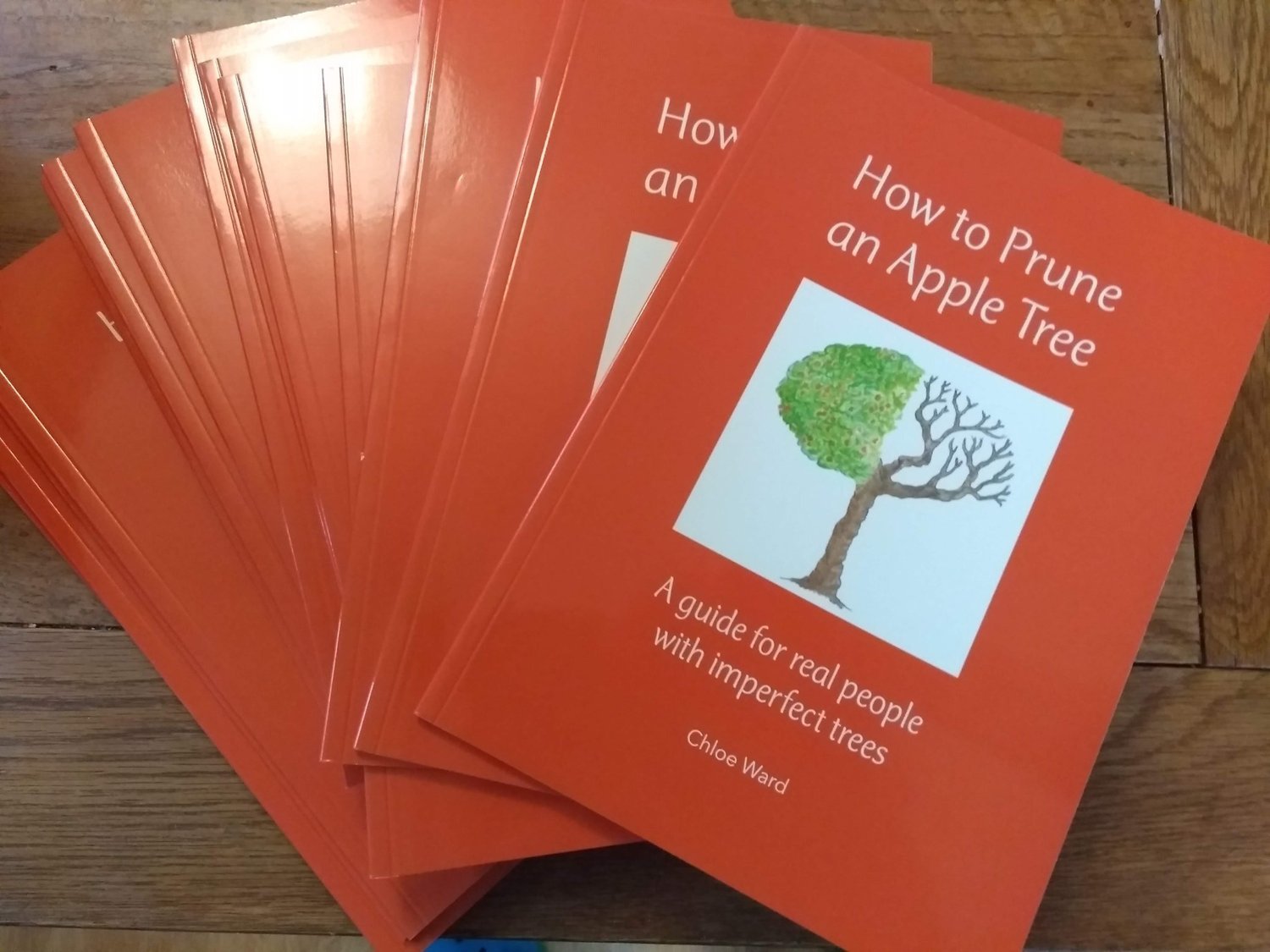
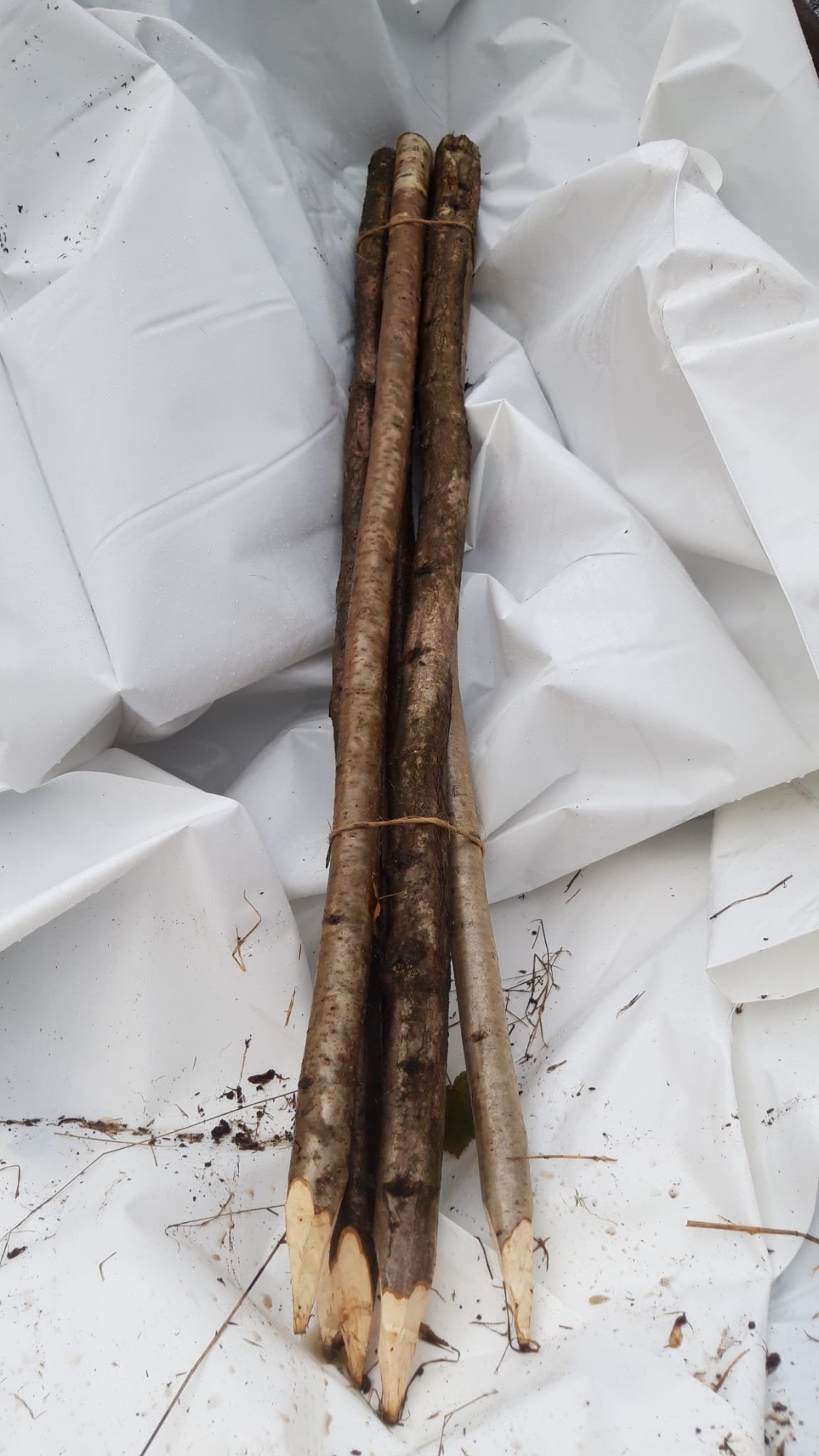
A rare dual-purpose variety named after the founder of the Quaker movement. Produces large yellow pink-speckled fruit.
Type: Dessert/Culinary
Season: November-April
Pollination: Partially self-fertile. Pollination group B